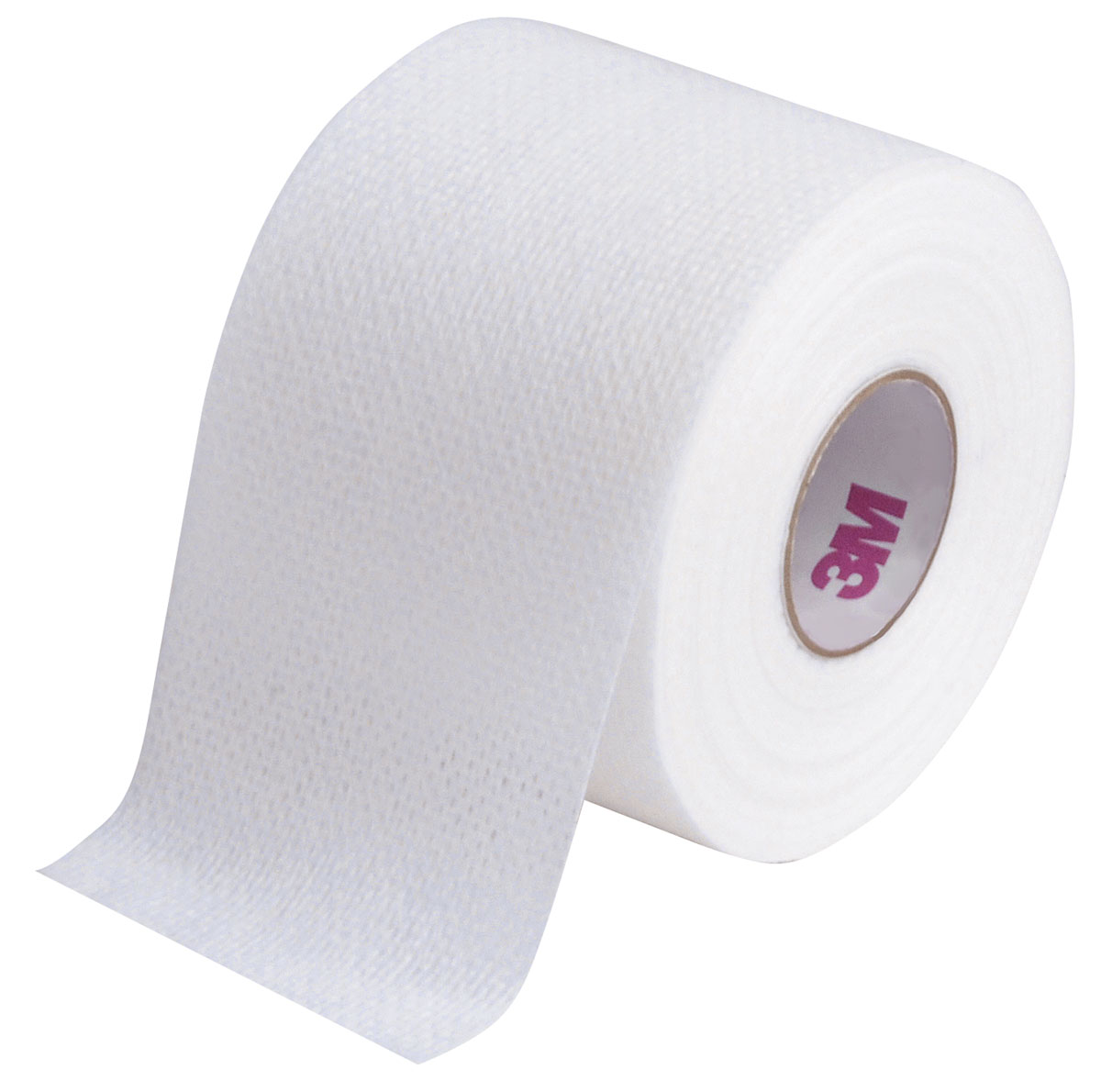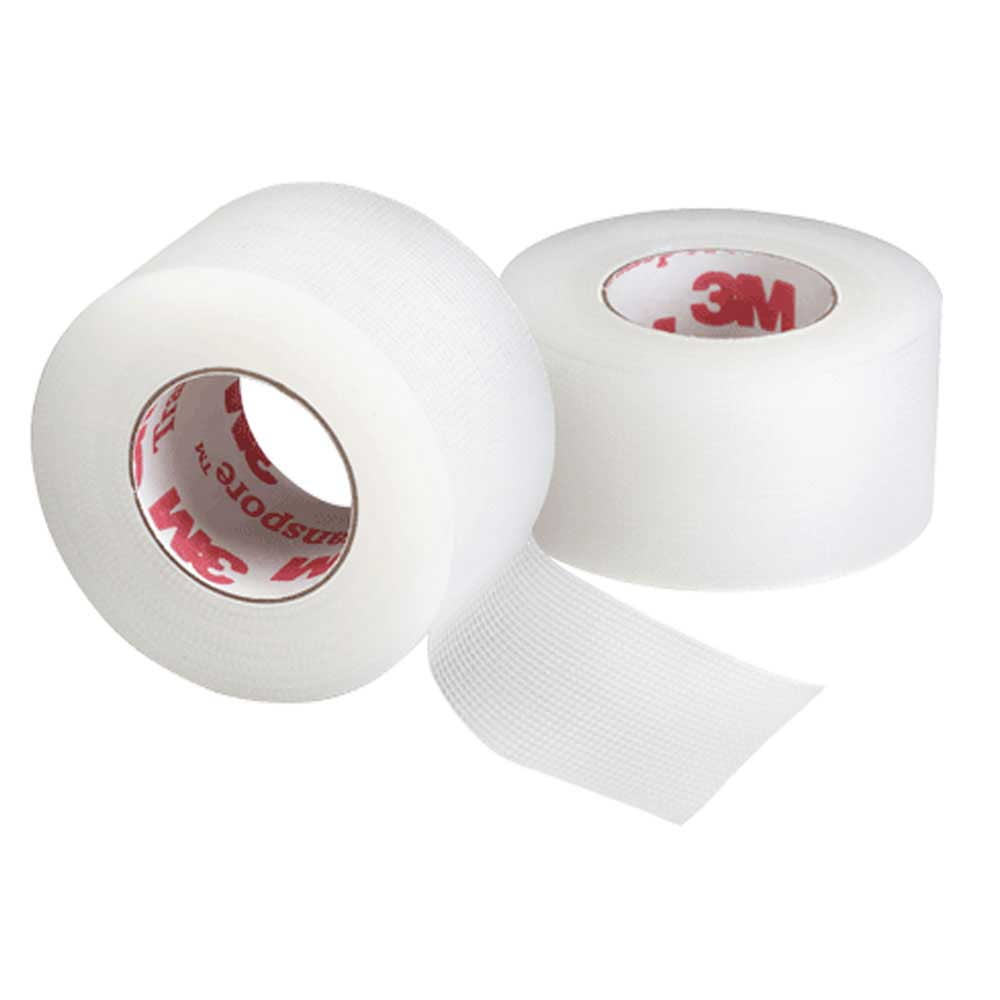


This study also demonstrated that bacteria can permeate through the tape if the non-adhesive side becomes wet. aeruginosa, gram-negative cocci, Bacillus species). With all other methods, all tapes grew multiple cfus on both sides (from 6 to 596 cfus DNase-negative Staphylococci, S. epidermidis) on the adhesive side and 1 of 20 on the non-adhesive side. With method A, 4 of 20 tapes grew 1 colony-forming unit (cfu) ( S. Both sides of the tapes (n=20 for each method) were put in contact with agar plates and incubated for 48h. Different samples were tested: new roll handled with sterile gloves and sterile scissors (A), followed by handling with unwashed hands and uncleaned scissors (B), followed by handling with soap-washed hands and unclean scissors (C), followed by scissors wiped with alcohol swab (D). In this study, no illness or infection was documented as arising directly from contaminated tape, but this research shows that tape rolls can be a potential source of HAIs.ĭetermined the amount of bacteria present on the adhesive and non-adhesive sides of cut tape. epidermidis, Bacillus sp., Klebsiella, S. By Day 5, all 23 rolls in circulation had between 15 and >300 colony counts overall, 11 different organisms were identified ( S. As soon as Day 1, 13 rolls of tape were contaminated, with colony counts ranging from 14 to 137. One roll remained in the storage cabinet as a control and it was the only roll from which no organisms were recovered. Surgical tapes for medical use are subject to the requirements contained in internationally recognized standards such as the ASTM International ASTM PSTC / 6 standard.The authors suspected that contaminated rolls of tape might be a potential vehicle for bacterial transmission and conducted a study in which they cultured 24 rolls of tape at the time they came out of the manufacturer's box and at days 1, 5, and 7 after their release to the supply room of a 16-bed ICU.
MEDICAL TAPE SKIN
A bandage should have appropriate adhesive power and be breathable and at the same time impermeable, easy to remove without irritating the skin and resistant to extreme temperatures, aging and solar radiation. The most common types are either fragile tape (such as paper, which tears easily) or tear-resistant (often fabric or plastic) and some of these may also be either waterproof or breathable or both water-resistant and partly-porous, allowing some limited passage of air and moisture. There are many types of surgical tape classified according to the material of which the tape itself is constituted and the qualities of the applied adhesive, which should be hypoallergenic. Main articles: List of adhesive tapes and Wound closure strip The second element comes from Latin ' drappus (cloth or rag), and appears in the fifth century BCE work of the Greek medical writer Oribasius, who speculates that term may relate to a Celtic loan word.the first linguistic element spara could come Latin separāre (separate), itself composed verb parāre (prepare, arrange), and linked to a root Indo-European per (Ə)´ -1 (procure, disposal).

Linguistically it is possible that in European Romance languages: In French it first appears in 1314 as speradrapu, and in Spanish it was documented as espadrapo around 1495. In early modern times an Italian a description appears in the thirteenth century, where surgical tape was recorded as sparadrappo, although there were some variations of spelling. Plaster casts over fractures were sometimes called "Spanish dressings" Primitive surgical tape, or sparadrapum probably consisted of strips of cloth impregnated with some type of plaster or sticky gum, which was applied over gauzes or wound dressings to hold them in place.


 0 kommentar(er)
0 kommentar(er)
